The Agony of Injury and the Challenges of Returning
Max Horvath ’17, heard a pop in his left hip while shuffling on defense in practice and for weeks assumed that it was nothing more than a pulled groin. It turned out to be a torn labrum in his left hip.
April 25, 2014
Athletes often ask their bodies to do too much, but what happens when their bodies fail them completely and take them away from the sport they love? How do athletes deal with the rest of their lives here at Mac when the thing they dedicate themselves to is ripped from their hands? Season-ending injuries test the commitment of varsity athletes and force them to put their careers in perspective.
It’s often impossible to know when the physical damage actually took place and how serious it is. Allison Pillar ’17, who suffered three stress fractures in her lumbar spine, tried to run through the incessant pain she felt in her back during early season track sprints. Similarly, Jordan Black ’16, who first tore his right ACL his senior year of high school, thought the pop that he heard while going up for a layup during the eighth basketball game of the season was just a strain. His teammate, Max Horvath ’17, heard a similar pop in his left hip while shuffling on defense in practice and for weeks assumed that it was nothing more than a pulled groin. It turned out to be a torn labrum in his left hip. Maggie Molter ‘14 tore her left ACL for the first time her senior year of high school, and has since suffered two more ACL tears.

In the cases of these four athletes, the injuries were serious enough to force them into long-term rehab assignments. With lengthy recovery periods, the athletes each went through distinct phases of coping. Molter called the ACL tear the “first significant setback in any part of my life.”
“Before I thought if you worked really hard at anything, you’ll have success,” she said. The three season-ending injuries she has since suffered has halted that thinking in its tracks.
Black’s first injury initially made him feel hopeless. He kept asking himself “Why me?” He thought that if he worked through the therapy process as quickly as he could, everything would return to normal.
For Pillar, who is still in the early stages of her rehab, accepting that she wouldn’t be able to participate in the outdoor track season was the toughest mental roadblock to overcome. She said that her inability to run has prevented her from sleeping peacefully.
When Horvath found out that he’d miss the rest of his freshman season, he was devastated. “Something I hold very dear has been taken from me,” he said. “The one thing I’ve known unequivocally for as long as I can remember is that I wanted to play basketball in college,” he said, and dealing with the reality that he couldn’t for the next year was the challenge of his early rehab process.
These feelings tend to evolve when athletes, after putting in the months of rehab necessary to return to their sport, fall prey to injury again. Black and Molter present parallel cases: Black has torn his right ACL, his right LCL and MCL his first year and his left ACL during the second scrimmage of the 2013-14 season. Molter, on the other hand, tore her left ACL senior year of high school and again during the final game of her sophomore year and her right ACL during the final game of her senior season.
Both now see the first injury as a blessing that taught them how to cope with major setbacks. “The first injury motivated me to play in college,” Molter said. “I didn’t want my career to end that way.”
Black acknowledges that he rushed to get back on the floor after his first tear, and the haste with which he went through rehab likely contributed to his re-injuring the knee. He said that this lesson taught him to be patient with his body.
But with more injuries come more doubts regarding what one’s body can and cannot handle. “It’s scary for your body to have to relearn things,” Molter said.
Despite the challenges of returning to running and jumping, Black is committed to playing harder when he returns and won’t let his injuries fundamentally alter his approach to the sport.
A common theme among the athletes’ stories was the difficulty of watching friends and teammates play the sport they loved while they themselves were sidelined. Black and Molter agreed that watching teammates laugh and goof around on the court is especially trying.
“Watching my friends train I had to realize that certain thought paths are destructive,” Molter said. “I can’t compare myself to others who have never been injured.”

Staying with the team instead of going abroad her junior year was an important step in dealing with her injury for Molter. “I learned that I loved the sport because I was genuinely happy to see the success of my friends every day,” she said.
Her junior season was marked by “learning not to be lonely,” as she found fulfillment in the moments when she was on the bench and the rest of the team was warming up or playing.
Molter is the only one of the four who has been able to play a full season following such a devastating injury. “Coming back, I was just happy to be running around,” she said.
Due to her previous experience with injuries, she took a businesslike approach to rehab and was thrilled to rediscover the fun of the sport. “This season, I did it for me,” she said.
Despite the way it ended she said she wouldn’t trade it for anything. She fears she may have an irrational love for soccer. “If I had another season, I think I’d do it again,” she said of her third season-ending injury.
Horvath may one day have to face the challenges of re-injury as well. His labrum tear is the result of CAM deformity, a protrusion on both hip bones that grinds up against cartilage and tendencies. “There’s a 100% chance that I will tear my right hip too, and likely within 10 years,” he said. “And unfortunately, because I’m playing college basketball, it’s probably going to happen again while I’m here.”
He has learned to let his injury fuel his determination. “I need to get four years of fulfillment and happiness out of three years of playing,” he said.
Pillar has been unable to engage in any physical activity since her stress fractures were diagnosed. She claims that her greatest challenge has been staying focused and motivated in other aspects of her life without the catharsis of running available to her. Once her rehab begins, she will strive to be ready for the first cross country practices of the fall.
Molter was particularly baffled by the challenge of “defining yourself by something you cannot currently do.” Temporarily losing something so important to them forces athletes to redefine themselves within new contexts. “Two hours of my everyday life and probably 15% of my personality was gone,” Molter said.
Yet with the next season always in sight, these four athletes found a way to stay devoted to the sports they hold so close.

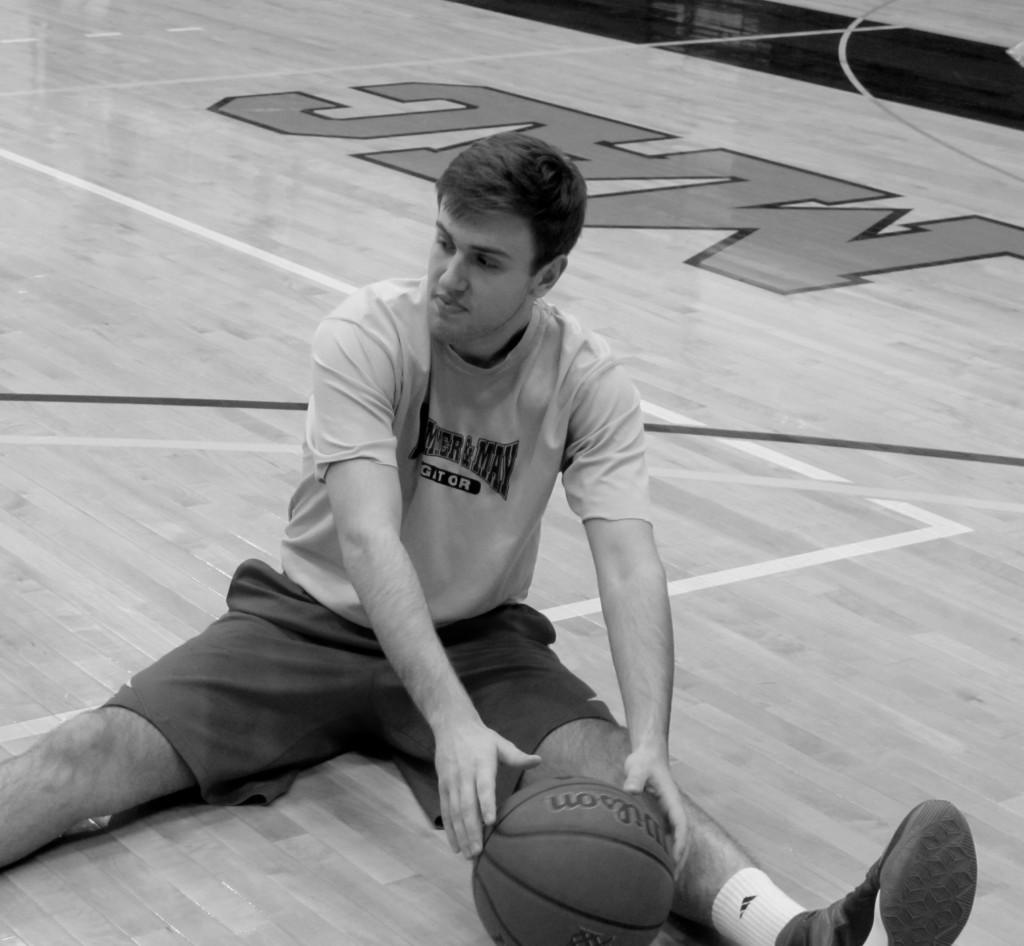


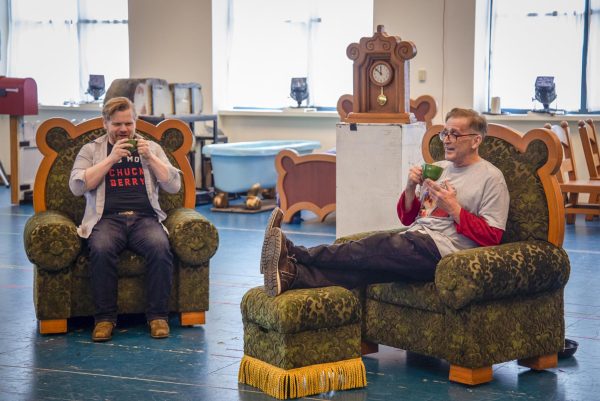
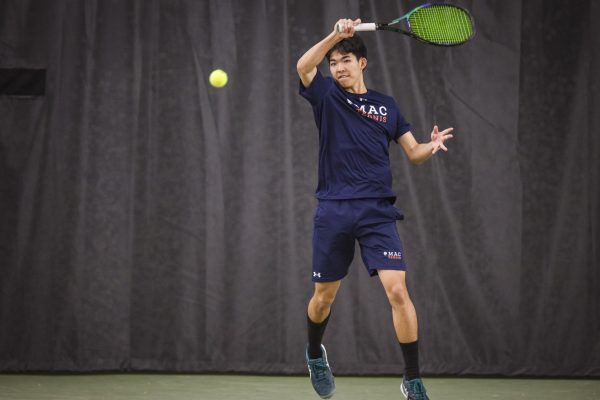







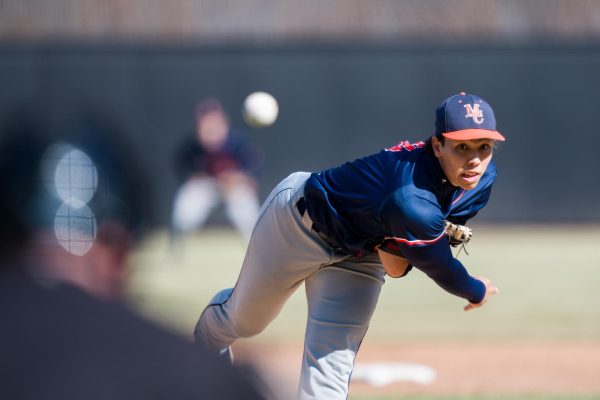
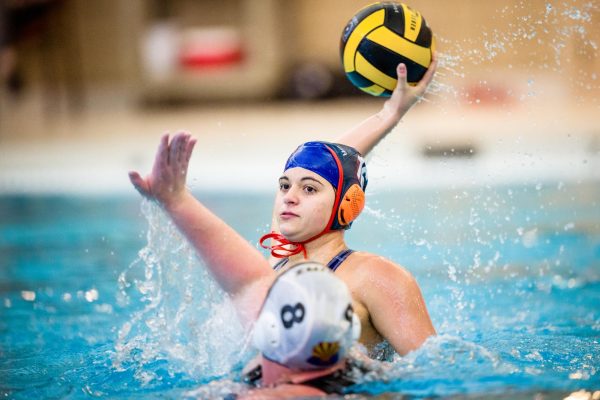
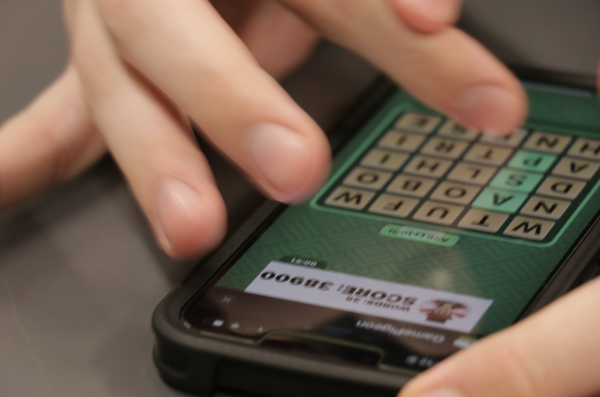
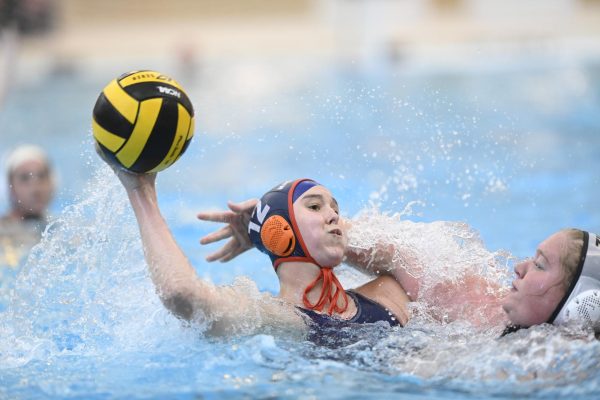
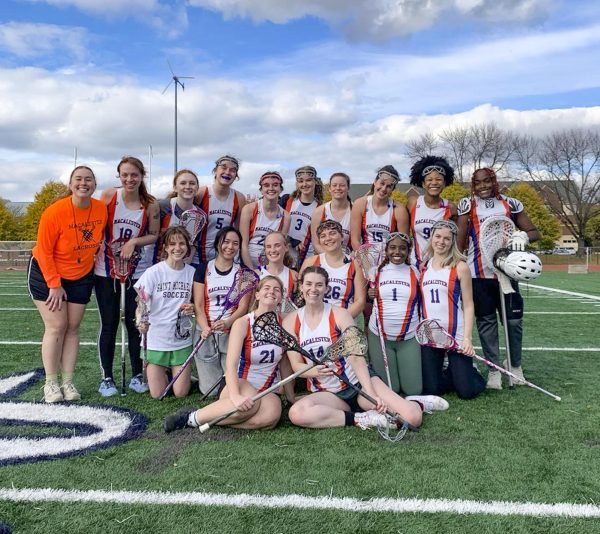
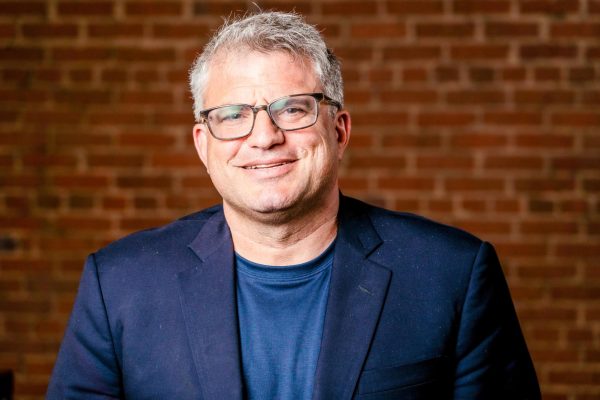
google • Jun 5, 2019 at 10:26 pm
Nice post! Thank you.
maria • Apr 5, 2019 at 3:43 pm
I gotta bookmark this site it seems very useful invaluable